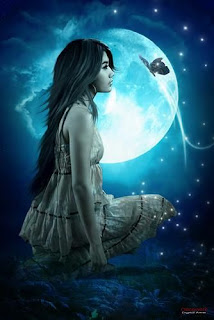
Fashion - a simple expression, comes from a Latin word ‘Facere’ which means ‘to make’. ‘Fashion’ provides an impetus between the craftsmanship & the Laws of Design. But is it as simple as it sounds? Chronologically a lot of people have come up with their own views and definitions about Fashion.
“Fashion is architecture. It is a matter of proportions.”
Coco Chanel
“Fashion anticipates, and elegance is a state of mind ... a mirror of the time in which we live, a translation of the future, and should never be static.”
Oleg Cassini
“Fashion is more usually a gentle progression of revisited ideas.”
Bruce Oldfield
“Fashion is something barbarous, for it produces innovation without reason and imitation without benefit.”
George Santayana
“Fashion is the science of appearances, and it inspires one with the desire to seem rather than to be.”
Edwin Hubbel
Fashion, as I understand is a way of non-garrulous expression of one’s way of life. The term Fashion is a relatively new word, which came into existence not farther than the 11th to 13th century, today is used to describe the frenzy of pure glamour. Fashion or dress (in simpler terms) has always been a key to understanding people’s culture, their way of life, their socioeconomic structure and their cross-cultural influences. Today Fashion as we all know, has become the scientific art of learning to combine colour, form, pattern and texture for the crowning effect that is just right for the time, place and the user. Is this a mere façade of the razzle-dazzle or is it that the reality is far from glamour? Let’s try and probe into some of the reasons to know and understand the bewitching entrée of Fashion in today’s lifestyle.
From the beginning of time man has had several motives behind clothes and aesthetics. So did man term these motives as Fashion? Well, first have a look at the motives behind aesthetics and clothing!

1. Decoration: Among primitive peoples bedecking the body seems to be the chief motive for dress. Some tribes used to and still paint their bodies or tattoo themselves to enhance their own physical attractiveness. Consciously or unconsciously people are first interested in enhancing the attractiveness of their body, and then gradually develop a sense of style or fashion for their own sake. In the words of a psychologist, human beings sublimate or transfer their crude exhibitionistic urges to clothes.
The primitive man used adornment as a tool for both beautification/decoration, and body modification/deformation dates back thousands of years. Although body modification was routinely practiced in the ancient Pre-Columbian and Indus Valley cultures, this type of beautification is still in practice today in Africa, South America, Southeast Asia, and even within sub-cultures in western societies. In many primitive cultures, jewellery, body ornamentation and body modification has been used to exaggerate sexual dimorphism, accentuating the systematic differences between the sexes.

WAS THE TERM FASHION UNDERSTOOD THEN??
To be continued....
Pictures taken from: http://rspas.anu.edu.au/people/personal/dougb_ssgm/




